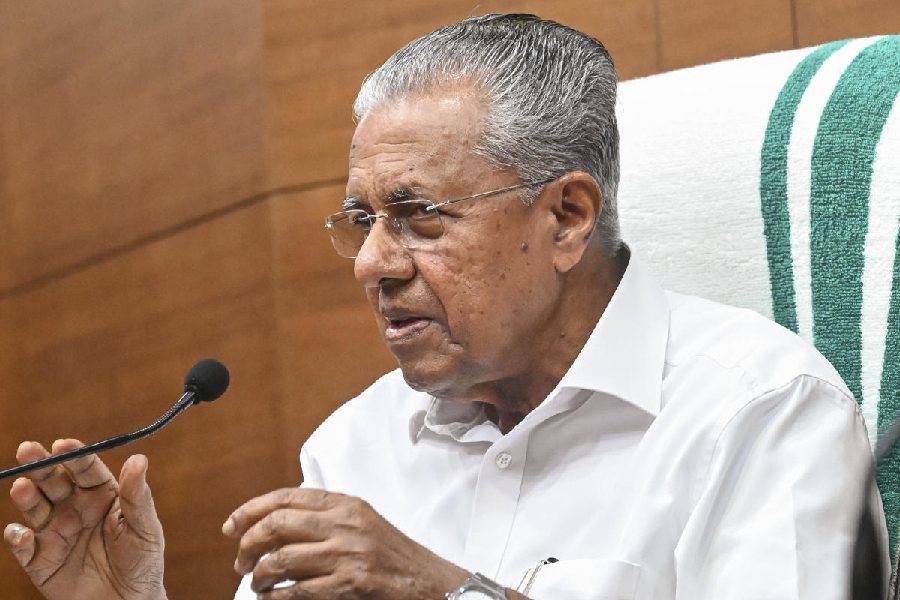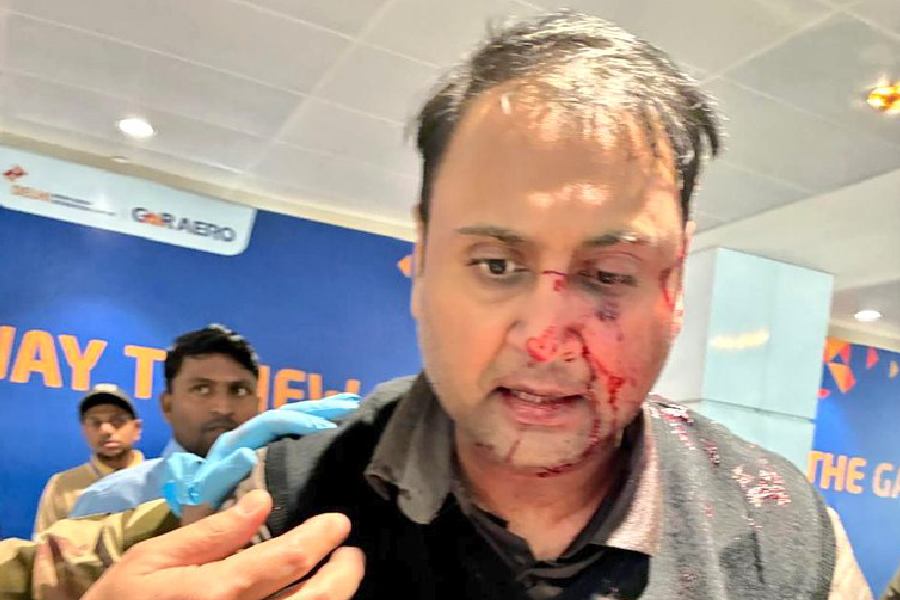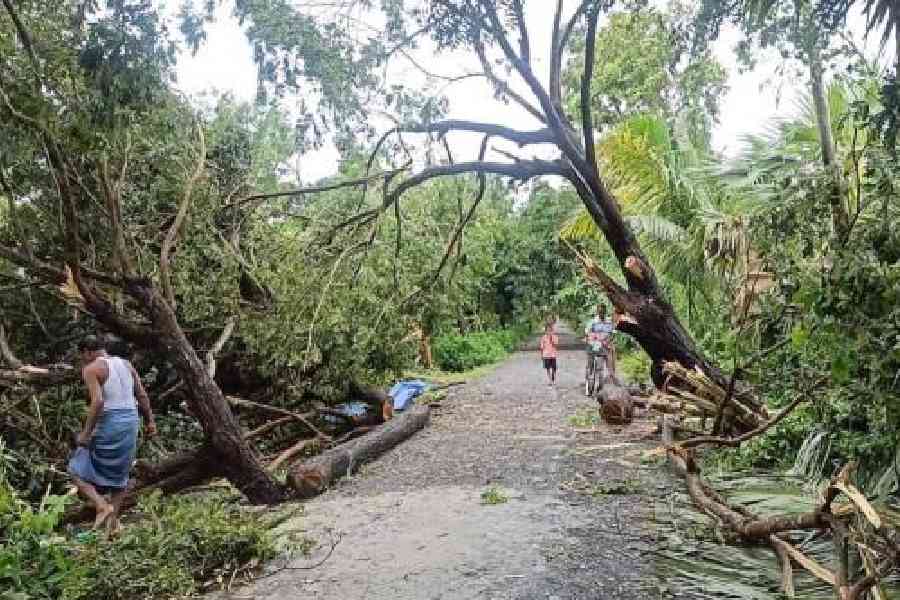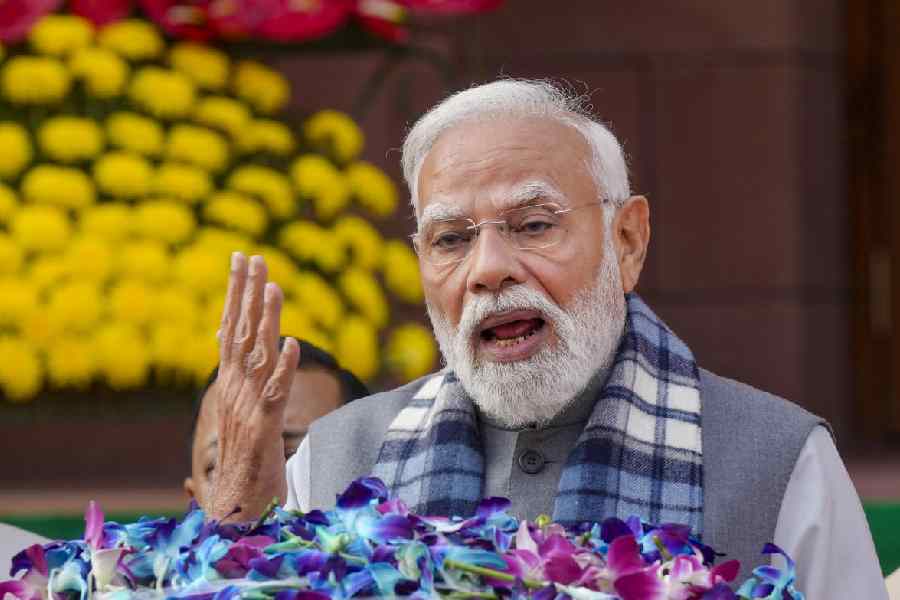 |
| Gen Vaidya |
New Delhi, Feb. 5: The disclosures in the UK on its advice to India on Operation Bluestar in 1984 has led to a revision in the understanding of the military leadership that designed and led the offensive in the Golden Temple 30 years ago.
The military acumen of celebrated former chiefs of army staff, Gen. Arun Shridhar Vaidya and, particularly, Gen. Krishnaswami Sundarji, is being questioned by officers who have served under them.
Gen. Vaidya was killed in Pune on August 10, 1986, by militants, two years after Bluestar. Gen. Sundarji, feted as a scholar-general, died on February 8, 1999.
But accounts of what led to their decision survive in a book written by Maj. Gen. Kuldeep Singh Brar, who commanded the 9 Infantry Division that carried out the operation. Brar still gets Z+ security. He survived an attempt on his life in London in 2012.
In an interview to The Telegraph in 2007, Brar said the decision to go into the Golden Temple with infantry and special troops and subsequently with tanks and armoured personnel carriers was prompted largely by the fear that the Khalistanis would declare “independence” and unfurl their flag from atop the shrine. There were also fears that a Pakistani offensive would follow.
The army was effectively set a deadline of June 6, 1984, to clear the temple.
Contrary to the surgical strike involving a helicopter-borne commando operation that the British military adviser, according to the UK cabinet secretary’s report, had advised in February 1984 — four months earlier — the Indian Army went into the temple sledgehammer-style.
The casualties in terms of men and women and children killed were huge. The repercussions of the operation are felt in Punjab and among the Sikh community even now.
“It was because of the disasters called Vaidya and Sundarji — who did not have the brains to pick on the plans left behind by Lt Gen. S.K. Sinha — that we had both a political folly compounded by a military botch-up,” says Lt Gen. (retired) Shankar Prasad.
Prasad says even if a deadline was set by the political leadership, the military high command should have used its professional skills and refused to implement the order while crafting a more suitable operation.
Prasad blames then Lt Gen. (later army chief) Sundarji more for the military botch-up than Gen. Vaidya. Gen. Vaidya, he says, “was taken in by Sundarji’s swagger”. Both “were being politically subservient to the Prime Minister... may be they wanted governorships or ambassadorships after serving their time”.
Prasad said Sam Manekshaw, the late Field Marshal, had done just this in 1971 after Prime Minister Indira Gandhi asked him in February of that year to go into East Pakistan. Manekshaw famously told her he would accept the command but he would determine when and how it would be executed. It was not till December that the war in East Pakistan, now Bangladesh, took shape in full measure.
A Punjab regiment officer, Prasad was not only well acquainted with the customs and traditions of the Sikh soldiers, he was then deputy brigade commander of a formation in which Sikh soldiers (the 9 Sikh) had mutinied as a consequence of Bluestar.
Lt Gen. S.K. Sinha, to whom he referred, was later governor of Assam and Jammu and Kashmir. Sinha had earlier quit the service after he was superseded by Gen. Vaidya, who was chosen by Indira Gandhi. About nine months before Operation Bluestar, he was the officer responsible for the defence of Punjab.
Two years ago, in a full-length interview to Kanwar Sandhu for a documentary (Operation Bluestar: The Untold Story), Sinha said he had asked to speak to the Prime Minister after instructions to arrest militant leader Bhindranwale on an earlier occasion were relayed to his chief of staff.
Sinha told Sandhu (now executive editor of The Tribune and who reported on Bluestar) he had foreseen the army action and had drawn up standard operating procedures for military offensives in religious shrines. Those procedures were flouted in the actual operation.
But a big reason to bring in tanks, says another retired army officer who does not want to be identified for security reasons, was because the commanders of the operation had little intelligence on the fortifications put up by Maj. Gen. Shahbeg Singh, whom Lt Gen. Sinha describes as “my dear friend” in the documentary interview.
“The troops were asked to go in near-blind, with practically no knowledge of what to expect. The commanders thought it would be a cakewalk but Shahbeg Singh had other plans,” says the officer.
Shahbeg Singh, a veteran of the 1971 war during which he trained the Mukti Bahini guerrillas, had been forced out of the army a day before he was to retire.
After contesting corruption charges against him that were quashed in court, Shahbeg Singh, who was 70-plus and a heart patient, used his own experience in the Indian Army when he joined Bhindranwale’s ranks and effectively became the rag-tag army’s chief.
Shahbeg Singh, who knew the Indian Army was inexperienced in urban warfare, was found dead in the Akal Takht on June 8, 1984.










